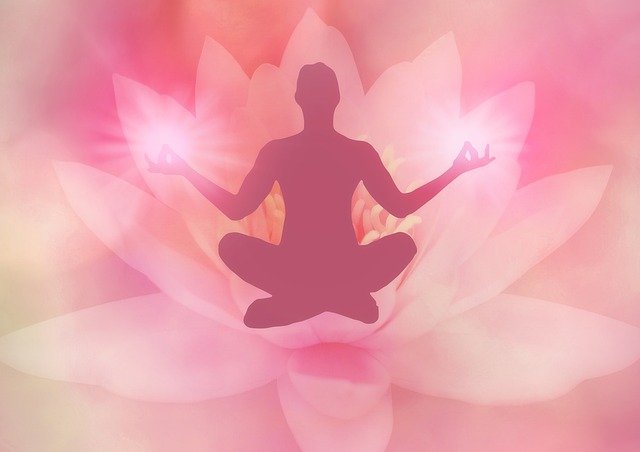
Contents
Understanding The Pain of Vulvodynia
Vulvodynia is an often painful and chronic genital condition that can be difficult to manage. For those who have it, understanding and managing the symptoms of this condition are essential to living a healthy, pain-free life. So what is vulvodynia, what are the causes and symptoms, and how can it be managed?
What is Vulvodynia?
Vulvodynia is a chronic pain syndrome which is diagnosed when a person experiences pain in the area around the vulva – the external female genitalia. The pain can be described as a burning, stinging, or aching sensation and is generally persistent, often occurring with even the slightest touch or pressure in the area.
Causes of Vulvodynia
The exact cause of Vulvodynia is unknown, but it is believed to be caused by a combination of factors such as nerve trauma, hormonal changes, skin sensitivities, pelvic floor muscle dysfunction, or inflammatory conditions. It’s also possible that vulvodynia is a result of psychological factors such as stress, anxiety, or past traumatic experiences.
Symptoms of Vulvodynia
The primary symptom of Vulvodynia is persistent pain in the vulva area. This can range from burning, stinging, or aching sensations, to tenderness and pain with certain activities such as exercise or sexual intercourse. Other symptoms may include itching, irritation, and swelling in the vulvar area.
Managing The Symptoms of Vulvodynia
There is no known cure for Vulvodynia, but the pain and discomfort can be managed with medications, lifestyle changes, and alternative therapies.
Medications: If the pain is due to an underlying condition, certain medications may be prescribed to treat it, such as antivirals, antidepressants, anticonvulsants, or hormonal contraceptives.
Lifestyle Changes: Avoiding tight clothing, and sitting with legs crossed can reduce discomfort. Limiting activities such as exercise and sexual intercourse during flares can also help.
Alternate Therapies: Biofeedback, acupuncture, massage, and physical therapy can all be helpful in reducing pain and discomfort.
Healing the Pain of Vulvodynia
For those with Vulvodynia, understanding and managing the symptoms of the condition are important for long-term health. By better understanding the causes, recognizing the symptoms, and exploring treatment options, it is possible to effectively manage the pain of vulvodynia and lead a healthy, pain-free life.
Keywords: Vulvodynia, Pain, Symptoms, Causes, Treatment, Lifestyle Changes, Medications, Alternative Therapies, Healing.
